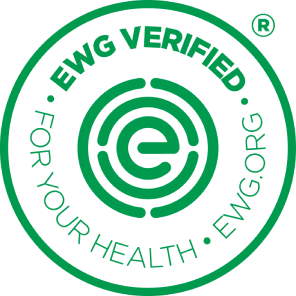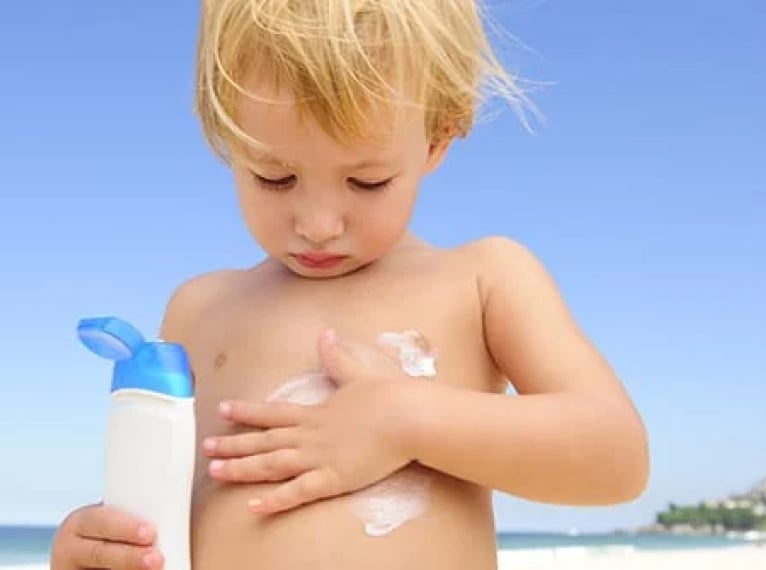


Not all sunscreen products are the same when it comes to sun protection and ingredient health hazards. The scoring system for EWG’s Guide to Sunscreens is designed to help the public find products that are safer, avoid ingredients of concern, and are more effective in reducing potential health harms from ultraviolet A and B exposure.
Every product in the guide gets a hazard and efficacy rating. The top scoring products have both a low hazard rating and an excellent UVA/UVB balance rating.
The hazard score, from 1 to 10, reflects known and suspected hazards linked to the ingredients. Beyond this 1 to 10 ranking, the EWG VERIFIED® mark on a sunscreen means a product meets EWG’s strictest criteria for transparency and health.


Beyond the hazard score, the EWG VERIFIED® mark on a sunscreen indicates that a sunscreen company’s ingredient disclosures show the product has met our full criteria to ensure it adheres to our strictest standards for efficacy, ingredient safety and transparency.
TIPS

Shirts, hats, shorts and pants shield your skin from the sun’s UV rays, reducing burn risk.

Go outdoors in early morning or late afternoon when the sun is lower in the sky.

Picnic under a tree or take a canopy to the beach. Keep infants in the shade, reducing the risk of multiple burns by 30%.

Red, sore, blistered skin means you’ve gotten far too much sun.

Not just a fashion accessory, sunglasses protect your eyes from UV radiation.

The UV Index provides important information to help you plan your outdoor activities in ways that prevent sun overexposure.